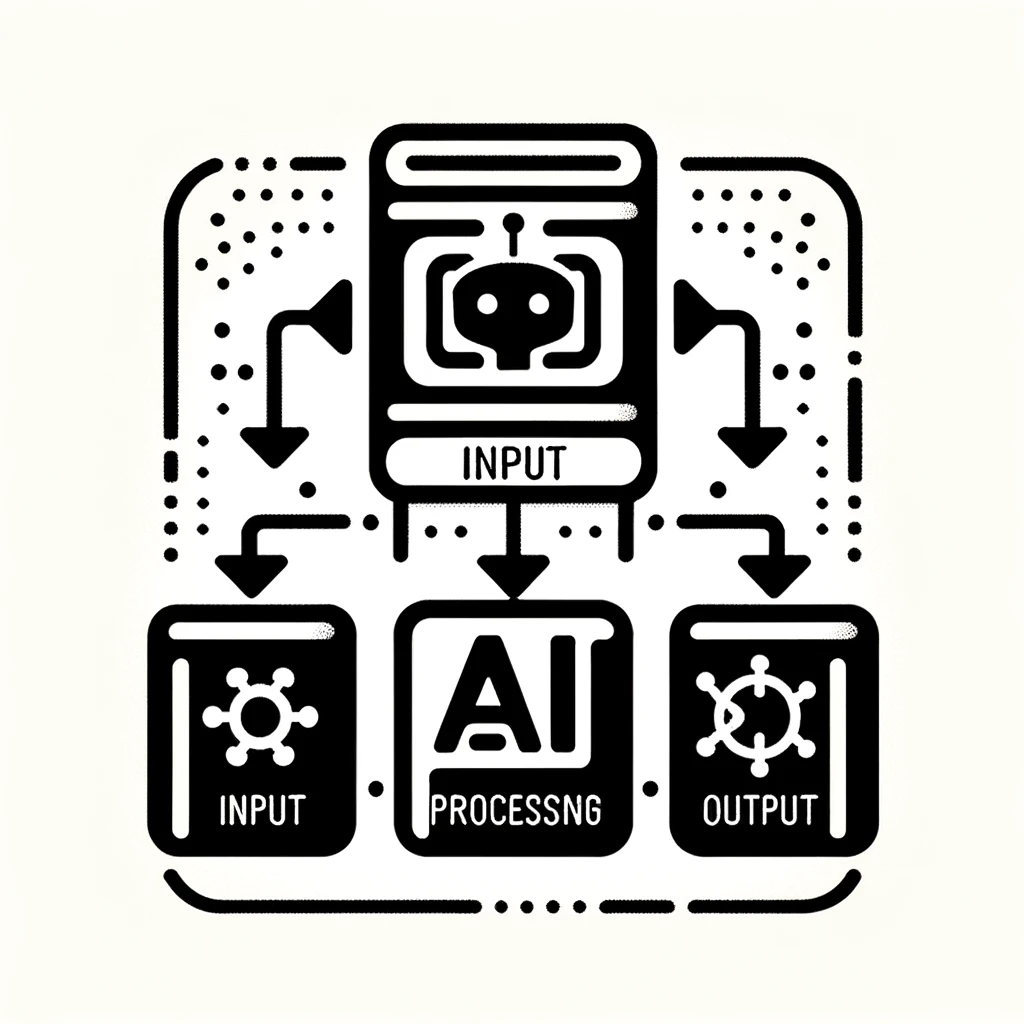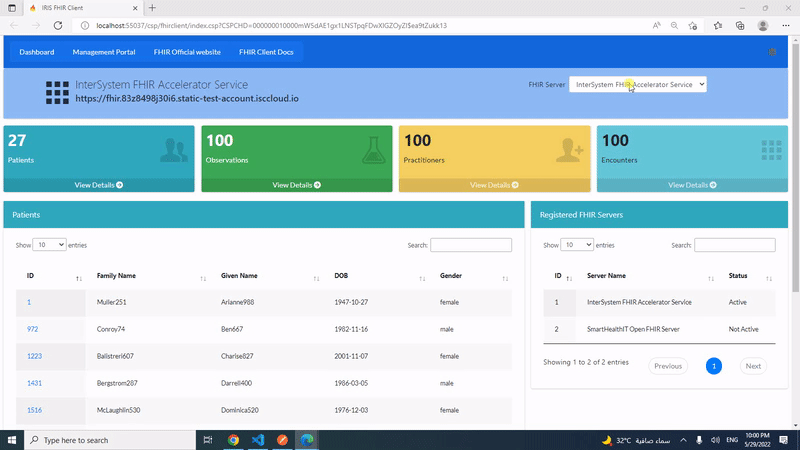From the previous article, we identified some issues when working with JSON in SQL.
IRIS offers a dedicated feature for handling JSON documents, called DocDB.
InterSystems IRIS® data platform DocDB is a facility for storing and retrieving database data. It is compatible with, but separate from, traditional SQL table and field (class and property) data storage and retrieval. It is based on JSON (JavaScript Object Notation) which provides support for web-based data exchange. InterSystems IRIS provides support for developing DocDB databases and applications in REST and in ObjectScript, as well as providing SQL support for creating or querying DocDB data.
By its nature, InterSystems IRIS Document Database is a schema-less data structure. That means that each document has its own structure, which may differ from other documents in the same database. This has several benefits when compared with SQL, which requires a pre-defined data structure.
The word “document” is used here as a specific industry-wide technical term, as a dynamic data storage structure. “Document”, as used in DocDB, should not be confused with a text document, or with documentation.
Let's explore how DocDB can help store JSON in the database and integrate it into projects that rely solely on xDBC protocols.

.png)


.png)
.png)




.png)

